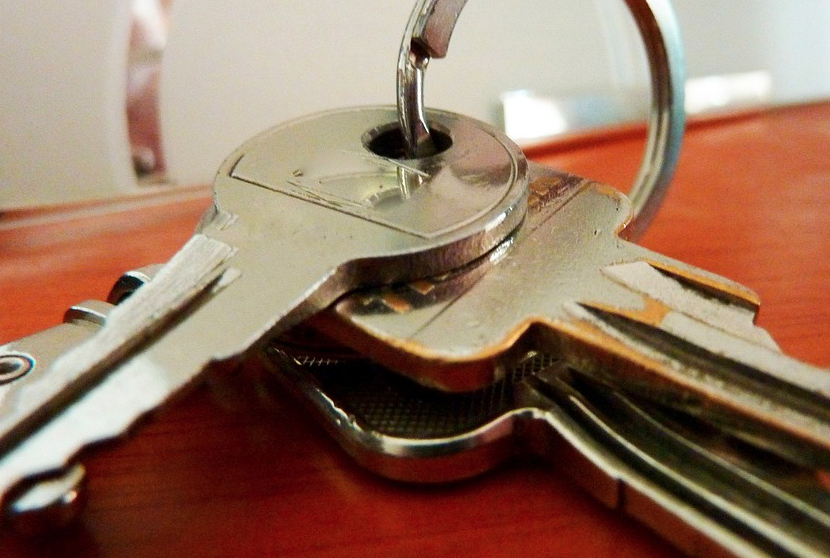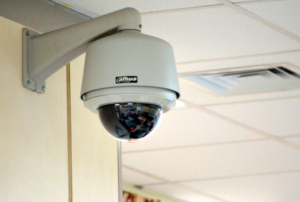
At Advanced Lock & Security, we know not everyone gets excited about locksmithing like we do. Still, every once in awhile we like to nerd out about the processes behind what we do. If you’ve ever duplicated a house or car key, you’ll probably agree that it’s almost mesmerizing watching the metal key be cut into an exact duplicate of the original key. We think it’s pretty cool too, so we’re going to do a little “how it’s made” post about key cutting and the different types of cutters.
As a small disclaimer, we’d like to remind you that this is not a “how to” post and you should always use caution when cutting keys yourself or using a machine. We also always recommend calling a professional to cut keys safely and legally. That said, let’s get started!
The most common key cutter is a duplicator. Duplicators are what you see in most hardware stores and require that you have the original key in order to cut a new one. Because you must have the original key to use a key duplicator, you can actually own one yourself. Of course, for the average person this isn’t really a necessary investment. The owner’s manual to a cutter will tell you exactly how to use it safely if you have one at home, but if you’re just watching the key being made from behind protective glass at the hardware store, here’s what’s going on:
The keys will be placed on opposite sides of the machine, the blank key on the side with the cutter and the original key on the side with the alignment tool.
The keys are then moved along the machine, cutting the blank key with the cutting blade to match the grooves of the original key. The original groove pattern is sensed by the alignment tool.
The new key will then be sanded down and ready for use.
If you don’t have the original key, that’s when things get more complicated. You’ll need to call a locksmith so they can use a code cutter to cut you a new key. This is usually necessary if you lose all your keys or your key has broken in a way that a locksmith can’t see the original groove pattern. For house keys, your locksmith can look at the original key or the lock on the door and, generally, they’ll be able to find the code. For a vehicle, you may have to use the VIN number to find the key code. Once you have that, the locksmith can punch the code into the code cutter and it will locate the correct groove pattern for that code, then cut the key that way.
A more “old school” key cutting machine is a laser cutter, although the name lies. Lasers aren’t actually used to cut the key, but rather a bit. Laser cutters work generally the same as duplicator and code cutters, but laser cutters are usually used for keys to vehicles older than 1990 and adjust not only the grooves but the thickness of the key at different spots as well. This method was meant to add an extra level of protection against bump keys and other common break-in methods.
This is just a very brief overview of key cutting methods. Our locksmiths at Advanced Lock & Security are experts in this field and can assist you in your particular needs more effectively. If you’d like to nerd out with us a little more while we work for you, just ask us to explain as we go through it and we’d be happy to let you in on our processes and why we do what we do!


